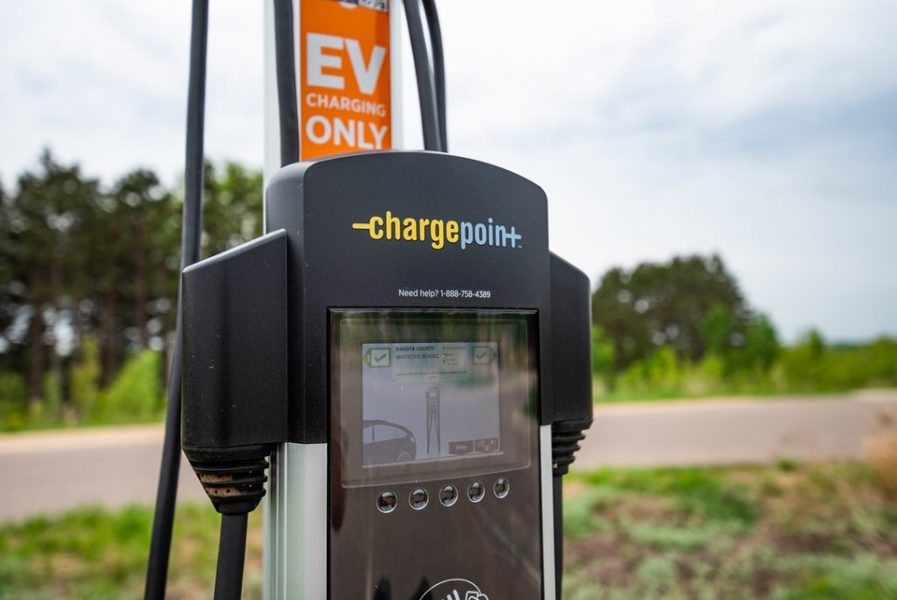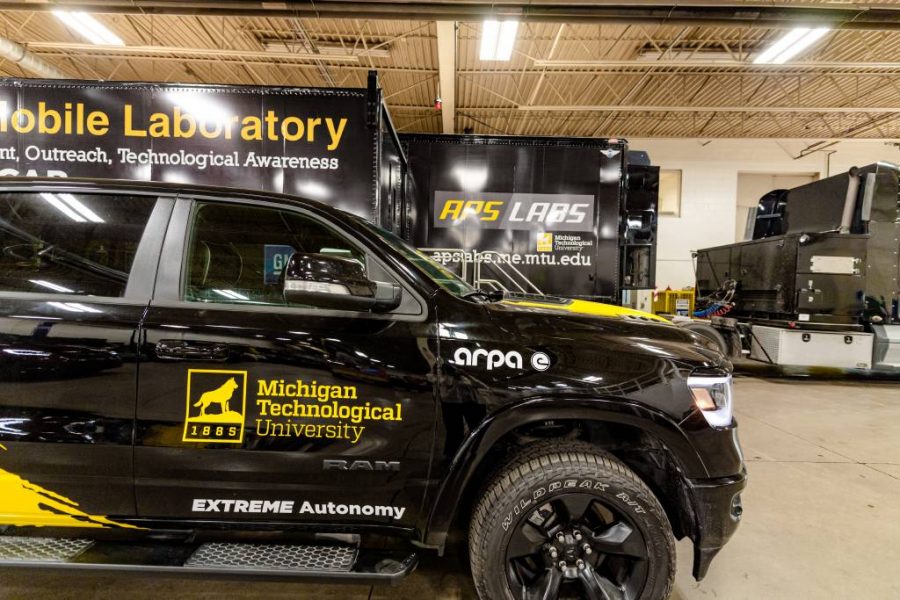Increasing Demand for Electric Vehicles
In a previous blog, I discussed some of the challenges and constraints regarding the future of electric vehicles. But despite certain challenges, such as a need for more charging stations, the demands for electric and hybrid vehicle sales are, respectively, either climbing or staying steady.
In fact, in the third quarter of 2022, US sales of electric vehicles and hybrid-plug-in electric vehicles hit an all-time high. According to a Kelley Blue Book report, the total number of electric vehicles and fuel-cell electric vehicles (fcevs) sold was 578,402. That number marks a 69% increase from 2021 (339, 671). Also, the total number of hybrid and plug-in vehicles sold was 686,271, which is actually strong but slightly down from 2021 numbers (728, 507). Based on these figures, Kelley Blue Book estimates that there will be over 1,000,000 EVs sold in 2023.
What these numbers mean is that although the demand for hybrids is still strong, the popularity of electric vehicles is accelerating, despite the fact that these latter vehicles aren’t cheap. That is, the average cost of an electric vehicle remains over $65k.
Tesla continues to be the leader with its models 3, S, X, & Y all having dramatically increased sales, despite their hefty price tags.
Producing Electric Vehicles for Different Users
“While EV prices currently align more closely with luxury versus mainstream, the market continues to grow and evolve with more choices hitting the scene all the time. It’s no longer just ‘which Tesla is available,’ but rather an industry-wide boom with more EVs on the horizon from Ford, GM, Hyundai, and other manufacturers.”
In other words, it is not just Tesla winning at the electric vehicle game. Based on year-to-date sales numbers, some of the other solid contenders for improved sales were the following:
- Mini Cooper: 2,615 (2022) vs. 1,226 (2021) = +113%
- Ford Mustang Mach-E: 28,089 (2022) vs. 18,855 (2021) = +49%
- Audi e-tron: 10,828 (2022) vs. 7.7939 (2021) = +38.9%
- Mini Cooper: 1,099 (2022) vs. 488 (2021) = +125%
On the hybrid and plug-in hybrid front, overall sales remained relatively steady. But some companies experienced huge gains: Acura, BMW, Honda, Toyota, and Volvo. The big winner in the hybrid market, however, was moderately priced Lincoln Corsair, which had 7X as many sales as those of the previous year.
Meeting the EV Challenge with Trucks
Beyond SUVs like the Lincoln Corsair, the next trend on the horizon is electric trucks. The F-150, currently the best selling vehicle in the US, now has an electric version. The F-150’s more climate-conscious cousin, the Lightning, was rolled out in May 2022 after tens of thousands of Americans had already reserved one. (The F-150 also comes in a hybrid model.)
What’s even cooler: The F-150 Lightning can act as its own power source. With its vehicle-to-grid (V2G) capabilities, it has the ability to charge another electric vehicle. And its massive battery can also power your home, yes your home, during an outage. Ford claims, in fact, that a fully charged Lightning can keep a household going for three days.
Chevrolet followed quickly with its Silverado, built on the same electric platform as the Hummer EV. With the EV Silverado, you can also purchase an ultium charging accessory to power your home in emergencies. Both of these innovative products support GM’s goals of creating a more resilient grid. The company is also investing 750M in charging infrastructure, so that everyone can take advantage of what electric vehicles have to offer.
With site hosts and our dealers, we are installing up to 40,000 chargers in local dealers’ communities through GM’s Dealer Community Charging Program—focusing on underserved rural and urban areas. Participating dealers will get level 2 chargers to install in their communities.
Pursuing Electric Vehicle Education at Tech
I’ll stop geeking out here about the plethora of new electric vehicles on the horizon. And I’ve obviously just scratched the surface of the automotive future. (In fact, as I was editing this post, one of my former students excitedly chimed in about the 2024 GM E-ray, a snazzy, sleek, powerful electric Corvette!)
The main point is that several automotive companies, beyond Tesla, are thinking greener and rolling out electric and hybrid models to meet the different needs, lifestyles, and, especially, price points of consumers. In other words, what many thought was a trend–vehicle electrification–is now both a business strategy and an environmental mission for several automotive companies. And it is a strategy and a mission that Michigan Tech can help prepare you for.
Michigan Tech offers several online graduate certificates and programs so that you keep up with the mobility revolution.
- Master of Science in Electrical and Computer Engineering
- Master of Science in Mechanical Engineering
- Hybrid Electric Drive Vehicle Certificate
- Automotive Systems and Controls Certificate
- Control Systems Certificate
- Vehicle Dynamics Certificate
- Safety and Security of Autonomous Cyber-Physical System Certificate




